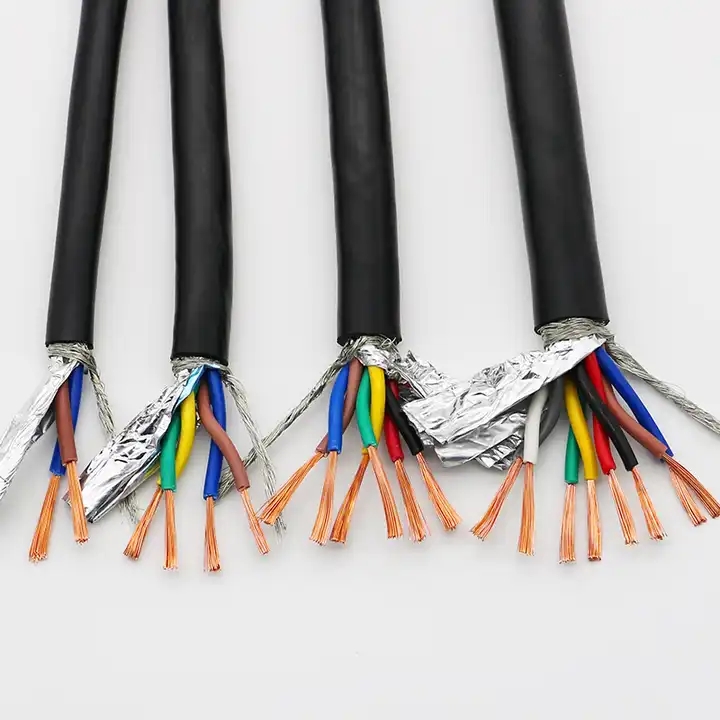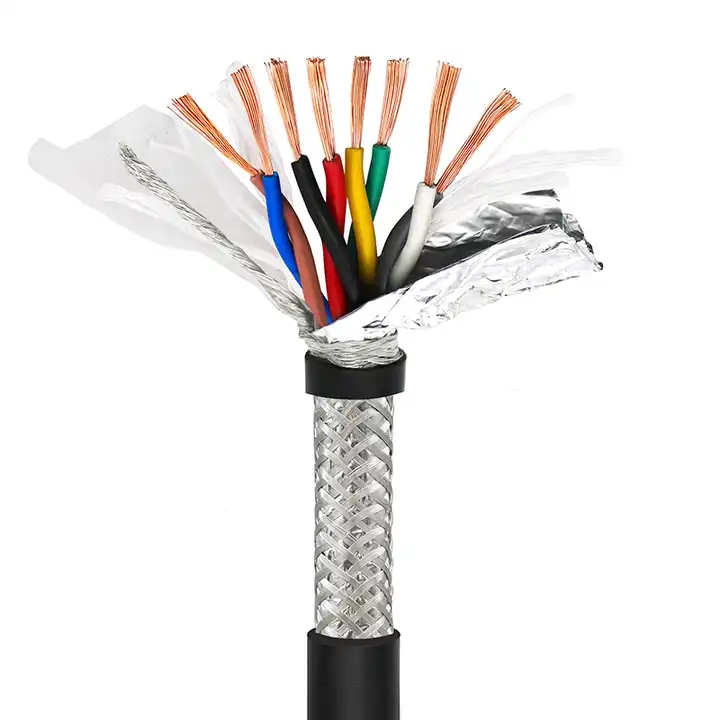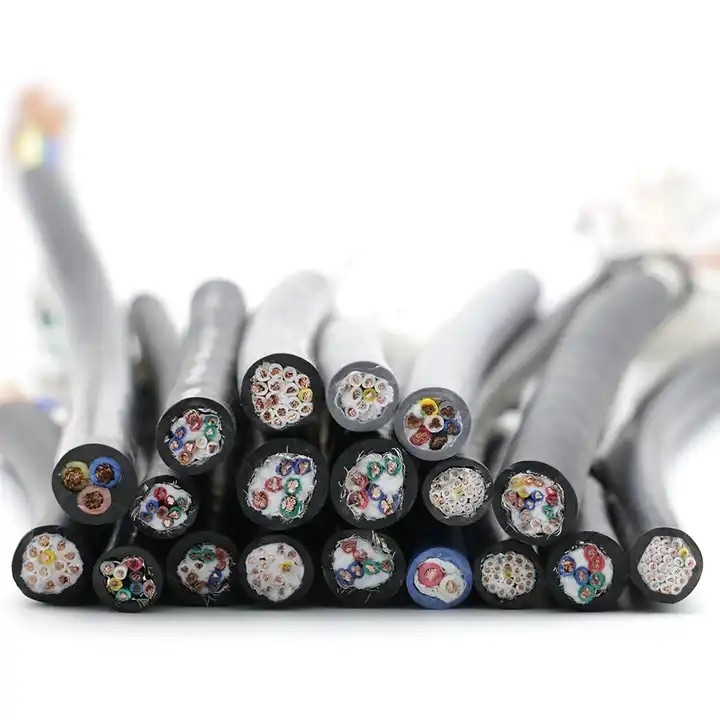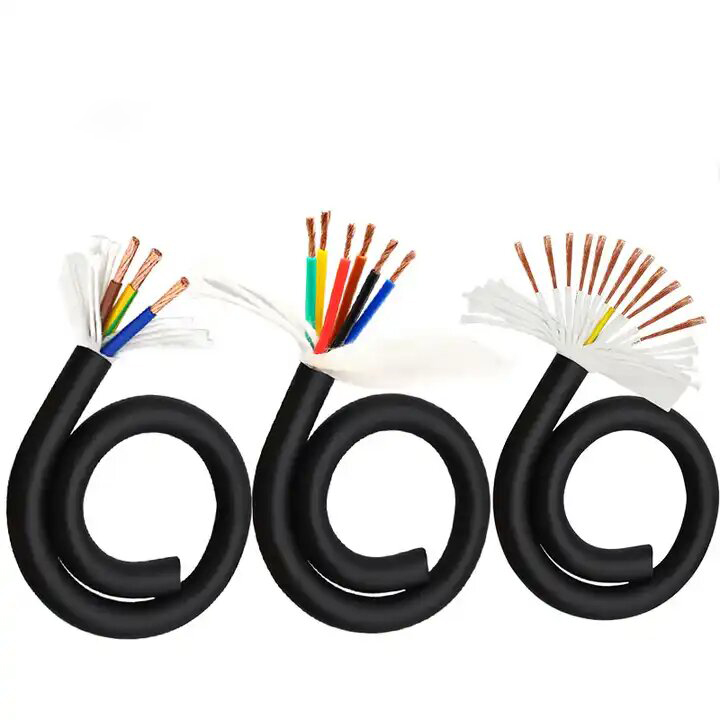What are the advantages of multicore cable?
Published:
2024-03-06 23:59:39
Multicore cables represent a convergence of efficiency, reliability, and cost-effectiveness in the realm of cable solutions.
In the vast landscape of electrical engineering and communication systems, the choice of cables is a pivotal decision that can significantly impact performance, efficiency, and cost-effectiveness. Among the array of options available, multicore cables stand out as a versatile and advantageous solution. Let's delve into the numerous benefits they offer, incorporating key terms such as shielded cable, multicore cable sizes, and multicore cable price.
1. Space Efficiency and Flexibility
Multicore cables are engineered with multiple cores within a single assembly, offering a compact solution for transmitting signals or power. This design optimization not only saves valuable space but also grants engineers the flexibility to customize cable configurations according to specific requirements. Whether it's a small-scale application or a large-scale industrial setup, multicore cables can be tailored to fit seamlessly, eliminating the need for cumbersome multiple cables.

2. Enhanced Signal Integrity with Shielded Cables
In environments prone to electromagnetic interference (EMI) and radio frequency interference (RFI), shielded multicore cables shine. By incorporating shielding layers around individual cores or the entire cable assembly, these cables effectively safeguard signal integrity, ensuring reliable transmission even amidst noisy surroundings. This feature is particularly vital in critical applications such as telecommunications, automotive systems, and industrial automation, where uninterrupted signal flow is non-negotiable.
3. Cost-Effectiveness in the Long Run
While the initial multicore cable price may appear slightly higher compared to single-core alternatives, the investment pays dividends in the long term. By consolidating multiple cables into a single assembly, multicore cables reduce material costs, labor expenses, and installation time. This cost-effectiveness extends beyond the upfront expenditure, delivering substantial savings over the lifecycle of the system.
4. Tailored Solutions with Multicore Cable Sizes
Multicore cables come in a variety of sizes, catering to diverse application needs. From compact designs with a few cores to elaborate assemblies housing dozens or even hundreds of cores, the range of multicore cable sizes offers unmatched versatility. Engineers and designers can select the appropriate size and configuration to precisely match the demands of the application, whether it involves space constraints, high-density installations, or specific performance criteria.

5. Simplified Maintenance and Troubleshooting
Managing multiple individual cables can be cumbersome, especially during maintenance and troubleshooting tasks. Multicore cables streamline these processes by consolidating numerous functions into a single assembly. Technicians benefit from simplified identification, diagnosis, and resolution of issues, minimizing downtime and optimizing system reliability. This efficiency translates into tangible operational advantages across various industries and sectors.
6. Future-Proof Scalability
The adaptability of multicore cables extends to future requirements and technological advancements. Whether it entails accommodating additional cores for expanding signals or integrating advanced functionalities like data transmission protocols or power over Ethernet (PoE), multicore cables offer scalability without sacrificing performance or reliability. This future-proofing capability ensures that installations remain relevant and adaptable in the face of evolving needs and innovations.
In Conclusion
Multicore cables represent a convergence of efficiency, reliability, and cost-effectiveness in the realm of cable solutions. From their space-efficient design and shielding capabilities to their customizable sizes and long-term economic benefits, multicore cables offer a compelling proposition for a wide range of applications. As industries continue to evolve and demand increasingly sophisticated communication and power distribution systems, multicore cables stand ready to meet the challenges of tomorrow, unlocking new possibilities and driving progress in diverse fields.













